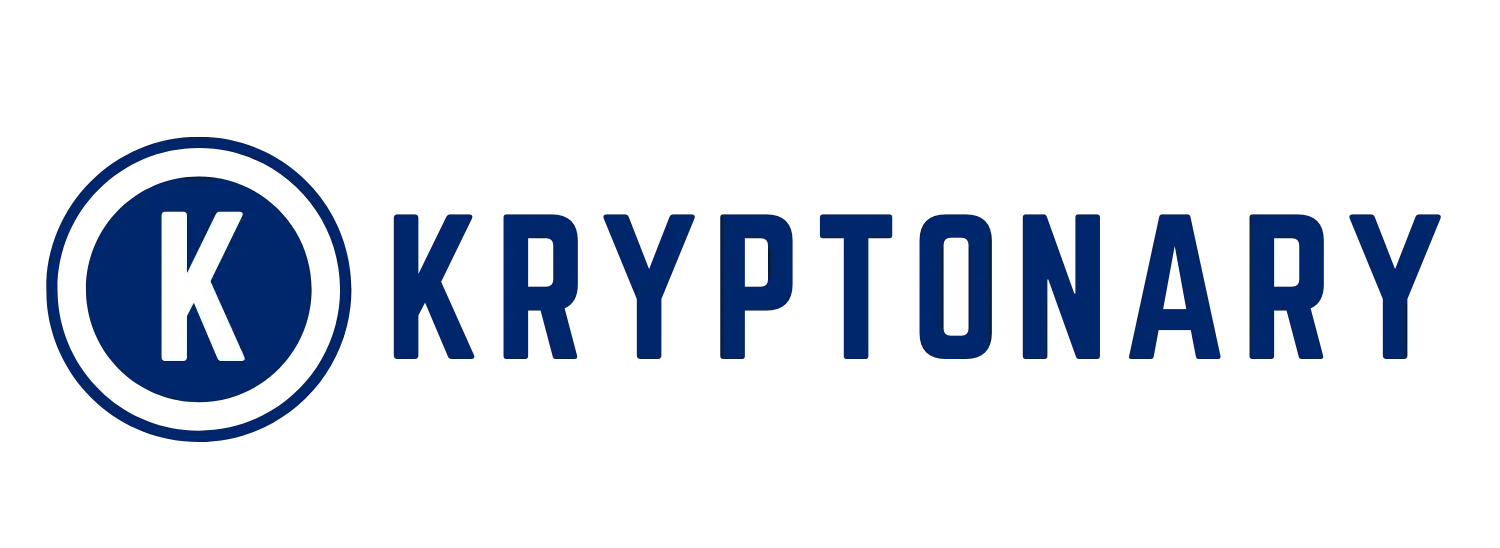Cardano’s Recent Price Surge and Investor Confidence
Cardano (ADA) has recently captured significant attention, experiencing an impressive price surge of over 135% in just three weeks. This remarkable rally follows a decisive breakout from a falling wedge pattern, a bullish technical formation. Currently, ADA is priced around $0.87, even after a broader market correction that triggered liquidations. This sustained rise reflects robust investor confidence and engagement within the Cardano ecosystem.
A key indicator is Cardano’s open interest, which has soared to a record high of $1.74 billion. This metric, representing total outstanding derivative contracts, powerfully gauges market sentiment and capital flow into ADA futures and options. The open interest surge suggests many traders are placing bullish bets on Cardano’s future price movements, anticipating further appreciation and solidifying its position as a major player.
Open Interest as a Barometer of Bullish Sentiment
The dramatic increase in Cardano’s open interest, growing by nearly $1 billion since early July, clearly signals strong bullish investor sentiment. High open interest typically indicates significant new capital entering the market, with traders actively betting on future price movements. While this surge points to optimism and confidence in ADA’s trajectory, it also suggests potential for increased market volatility.
For businesses considering Cardano integration, high open interest presents mixed opportunities and challenges. It reflects a vibrant market, beneficial for liquidity and adoption. However, implied price fluctuations could disrupt financial planning for businesses relying on stable valuations. Therefore, while a bullish indicator, it necessitates careful risk management and strategic planning for enterprises leveraging Cardano’s capabilities.
Exponential Growth in Cardano’s DeFi Ecosystem
Cardano’s decentralised finance (DeFi) ecosystem is undergoing exponential growth, signalling robust engagement and increasing utility. The total value locked (TVL) in Cardano’s DeFi protocols has surged by an impressive 72% this month, nearing $400 million. This substantial growth is not merely speculative; it represents a tangible move towards more accessible, transparent, and user-empowering financial services.
The expansion of DeFi on Cardano provides users and businesses with innovative alternatives to traditional banking, which faces increasing pressure to adapt. As blockchain-native solutions gain traction, Cardano’s DeFi offerings provide transparent financial services that are decentralised and adhere to evolving regulatory standards. This dual focus positions Cardano as a strong competitor in the broader financial landscape, attracting users and developers seeking robust, trustworthy, decentralised solutions.
Cardano’s Role in Bridging Decentralised and Traditional Finance
Cardano is actively carving a unique and significant role in bridging decentralised entities and traditional financial institutions, particularly in regions like the UAE. In the United Arab Emirates, Cardano gains traction by facilitating legal frameworks for decentralised autonomous organisations (DAOs) to achieve legal recognition. RAK DAO’s DARe initiative exemplifies this, providing a pathway for DAOs to operate within established legal structures.
This crucial framework opens opportunities for DAOs to access conventional banking services, register assets, and enter contracts. Such developments create a vital bridge between decentralised finance and traditional banking. Moreover, as established financial institutions, including Emirates NBD, integrate cryptocurrencies like Cardano, they face increasing pressure to innovate. Failure to adapt risks losing market share to agile, blockchain-native solutions offering greater efficiency, transparency, and accessibility, further solidifying Cardano’s position.
Navigating Risks for SMEs Integrating Cardano
While Cardano offers immense potential, small and medium-sized enterprises (SMEs) must approach its integration cautiously, particularly regarding risks from high open interest and market volatility. ADA’s price, like many cryptocurrencies, can fluctuate significantly, posing challenges for businesses accepting ADA payments or incorporating it into financial systems. For instance, the $0.60 resistance level often sees investors taking profits, leading to rapid price declines.
Such volatility can create unpredictable swings in holdings, impacting financial planning. To navigate these risks, SMEs are advised to diversify crypto holdings, rather than relying solely on one asset. Considering stablecoins alongside ADA can also help maintain liquidity and manage payments more effectively, mitigating sharp price movements and providing a stable foundation for business operations.
Transforming Crypto Payroll Solutions with Cardano
Cardano’s rapidly expanding DeFi ecosystem is poised to fundamentally transform crypto payroll solutions, especially for fintech startups and businesses in Asia. Its inherent commitment to transparency and regulatory compliance provides a solid foundation for enterprises adopting crypto payroll systems. The recent ADA audit, establishing a clear precedent for regulatory compliance, is crucial for businesses compensating employees in cryptocurrencies.
This audit offers assurance regarding network adherence to standards, vital for building trust among employees and regulatory bodies. With growing crypto payroll adoption, Cardano’s robust and scalable infrastructure can enable smooth, efficient, and cost-effective transactions. This ensures employees receive salaries stably and compliantly, reducing friction with traditional banking and offering a modern, digital alternative for compensation. Cardano’s capabilities simplify and secure integrating cryptocurrencies into everyday business operations, particularly in human resources and financial management.
Regulatory Considerations for European Crypto Businesses
Cardano’s price movements and ecosystem developments significantly influence regulatory compliance for European crypto businesses, necessitating continuous vigilance. Positive price trends often align with clearer regulatory frameworks, bolstering investor confidence and market activity. However, as European regulations evolve, businesses must proactively adjust compliance strategies to new guidelines.
The EU’s Markets in Crypto-assets Regulation (MiCA) provides a comprehensive regulatory structure for crypto assets. While aiming for clarity, MiCA could impose added compliance costs and operational adjustments on companies dealing with Cardano or other digital assets within the EU. Staying abreast of local and international regulatory updates is vital for crypto businesses to maintain legitimacy and operational efficiency, avoiding potential penalties in a rapidly changing legal landscape.















